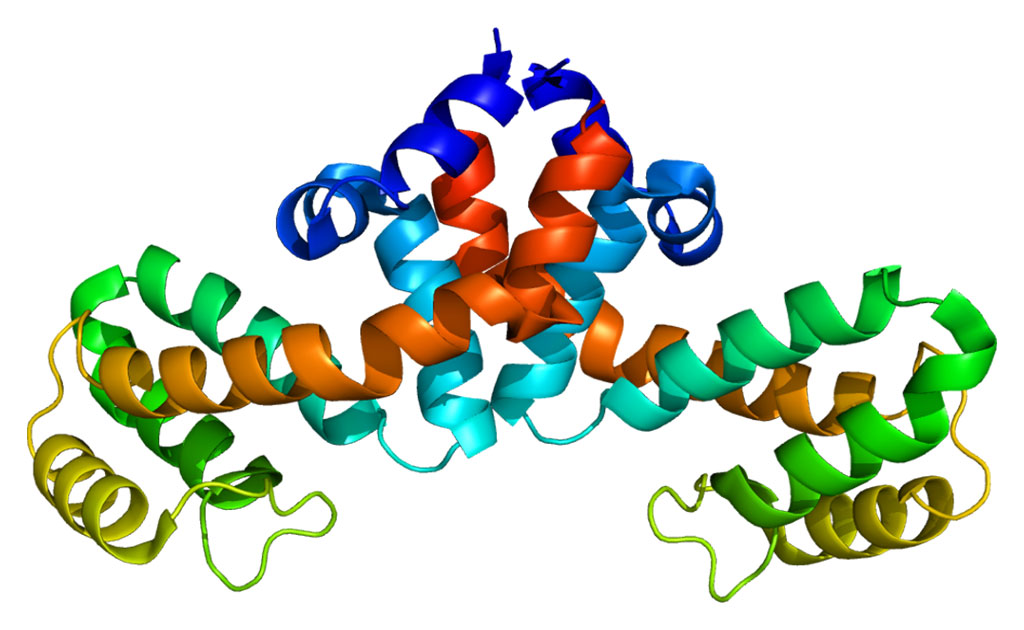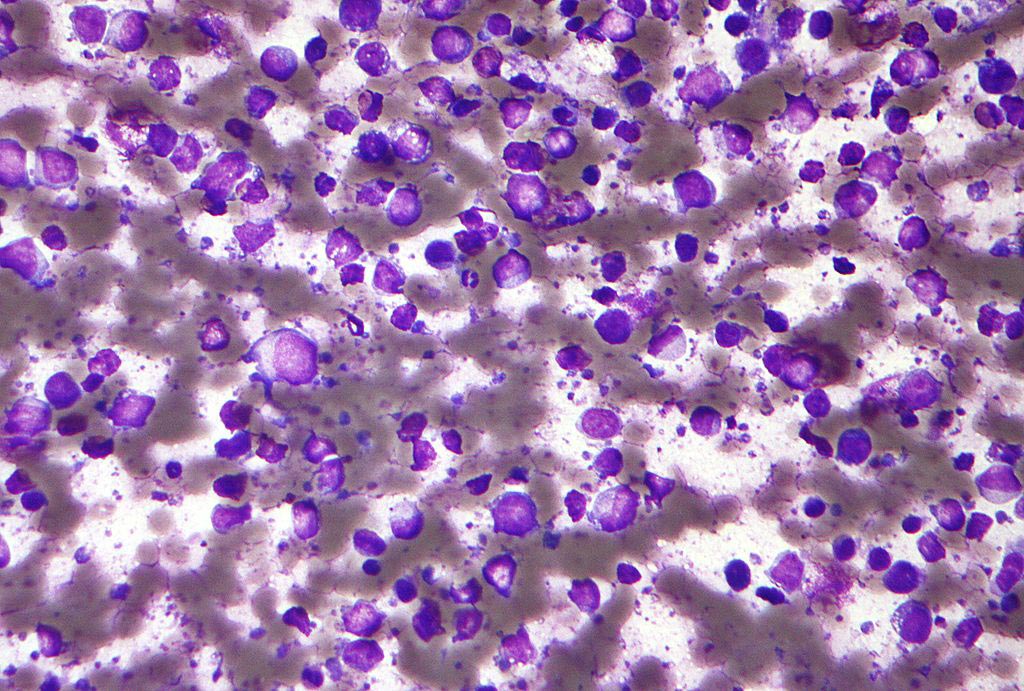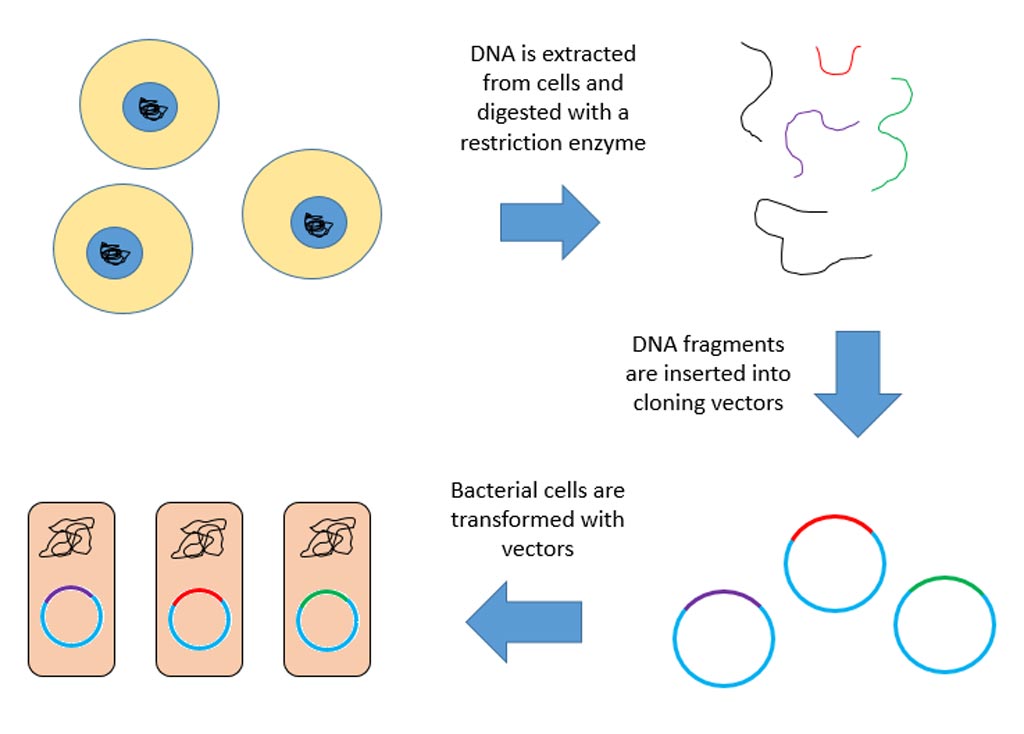Imbalance in Molecular Signaling Pathways Leads to Arteriosclerosis
By LabMedica International staff writers
Posted on 30 May 2013
A recent paper described how an imbalance in expression of two genes contributes to development of cardiovascular disease by driving epithelial–mesenchymal transition (EMT) in cells lining the arteries, which cause them to calcify and harden, thereby increasing systolic blood pressure, and ultimately impairing distal blood flow.Posted on 30 May 2013
EMT is a process by which epithelial cells lose their cell polarity and cell-cell adhesion, and gain migratory and invasive properties to become mesenchymal cells. EMT is essential for numerous developmental processes including mesoderm formation and neural tube formation. EMT has also been shown to occur in wound healing, in organ fibrosis, and in the initiation of metastasis for cancer progression.

Image: Senior author Dr. Dwight A. Towler (Photo courtesy of Sanford-Burnham Medical Research Institute).
Investigators at Sanford-Burnham Medical Research Institute (Orlando, FL, USA) studied the metabolic processes leading to arteriosclerosis by focusing on the interaction between the Dkk1 (dickkopf WNT signaling pathway inhibitor 1) and WNT7b (Wingless-type MMTV integration site family, member 7b) genes.
The Dkk1 gene encodes a protein that plays a key role in increasing the population of connective-tissue cells during wound repair, but prolonged Dkk1 signaling can lead to fibrosis and a stiffening of artery walls. WNT7b (Wingless-type MMTV integration site family, member 7b) is a member of a gene family consisting of structurally related genes that encode secreted signaling proteins. These proteins have been implicated in oncogenesis and in several developmental processes, including regulation of cell fate and patterning during embryogenesis.
The investigators reported in the May 16, 2013, online edition of the journal Arteriosclerosis, Thrombosis, and Vascular Biology that suppression of WNT7b signaling by Dkk1 enhanced EMT in aortic epithelial cells. This increased fibrotic mineralization of aortic epithelial cells through the accumulation of collagen and calcium. Inhibition of Dkk1 promoted WNT7b signaling, which prevented EMT and maintained the elastic morphology of the arterial wall epithelial cells.
"I think the strategy going forward is to find ways to modulate or inhibit Dkk1 function, but we are going to have to do it in a time-sensitive and cell type-specific fashion," said senior author Dr. Dwight A. Towler, professor of diabetes and obesity research at Sanford-Burnham Medical Research Institute. "In diseases such as chronic renal deficiency or diabetes, where unregulated Dkk1 signaling can be destructive, it may be appropriate to restrain the action of Dkk1 for a prolonged period of time."
Related Links:
Sanford-Burnham Medical Research Institute














